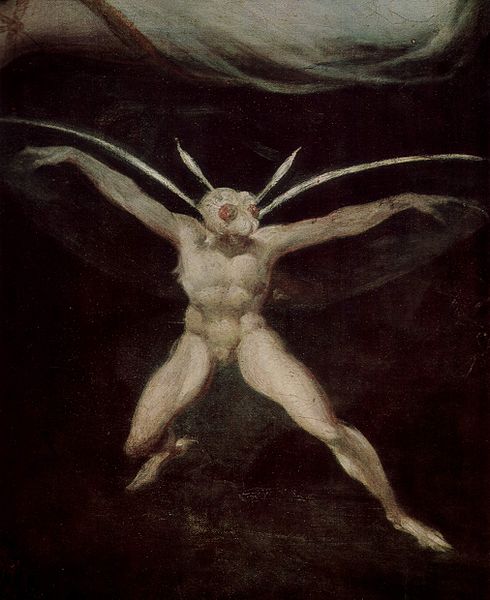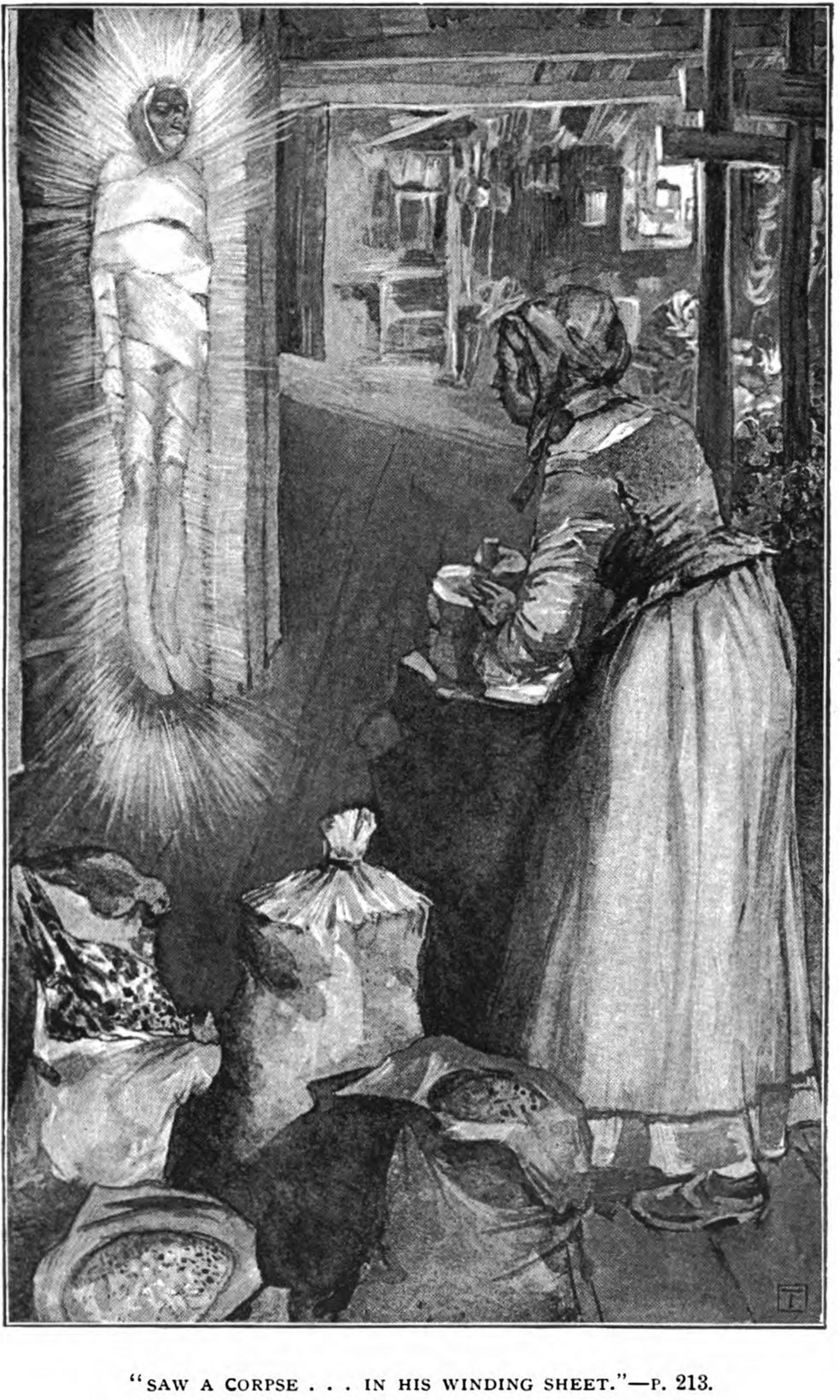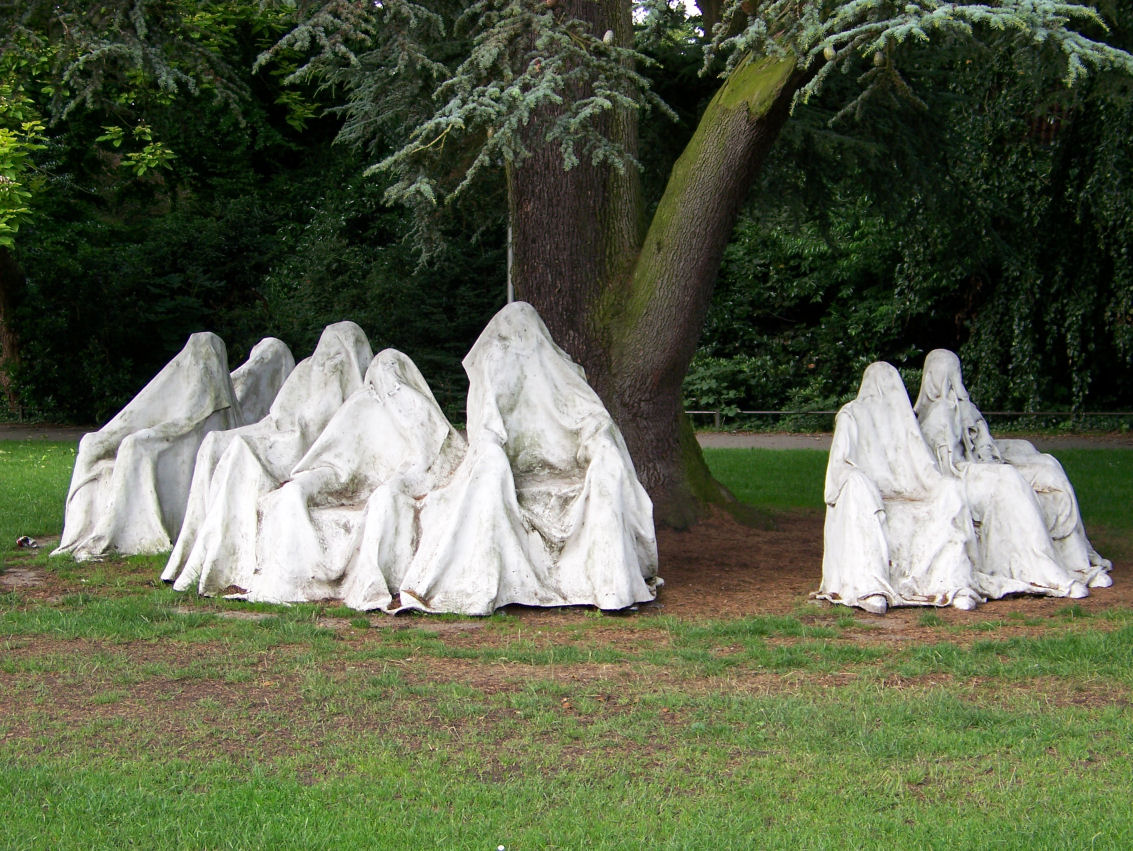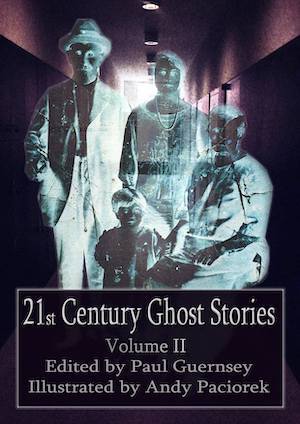by Editor
on November 26, 2014

An Illustration For Shakespeare’s “A Midsummer Night’s Dream” Painted In 1793-1794 By Swiss Artist Johann Heinrich Füssli
They Once Were Equally Haunting
Perhaps we should call it folkloric evolution. Or maybe we ought to see it as a spontaneous paranormal makeover. But whatever term we use, it’s clear that fairies are viewed far differently today than they were hundreds of years ago. Back then, they weren’t always radiant, or even particularly friendly; in fact, in some places they were associated with graveyards, and the dead.
In his book The Haunted: A Social History of Ghosts, author Owen Davies tells us that as late as the 1800s, especially in Scotland but perhaps also in a few other areas of Britain, there was frequent confusion concerning what was a fairy, and what was a ghost. Both “were considered by some to be departed spirits who lingered on the earth.” [continue reading…]
by Editor
on November 19, 2014

Illustration For The Scottish Ghost Story, “The Winding Sheet.” Image By George Brisbane Douglas, 1856-1935
A Shroud, By Any Other Name
Why does a person “dress up” as a ghost by cutting eye-holes in a bed sheet and then draping that sheet over his or her head? Does a traditional ghost really wear sheets?
Well, people in the English-speaking world have been “doing” ghosts in just this way for hundreds of years, and there is a good reason for it. In Britain, until relatively recently, a wooden coffin was a post-mortem luxury that was far too expensive for many people. In fact, only the relatively well-to-do could afford coffins in which to bury the remains of their departed loved ones. That meant that the corpses of poor people—and there were a lot of those—had to go coffinless. [continue reading…]
by Editor
on October 11, 2014

Ghosts Of A Feather . . .
Ghosts, Classified By Kind. Which One’s In Your Attic?
How many kinds or types of ghost are there? Until recently, we would have said one “regular” disembodied type, and a handful of “walking dead” variations. But then we read Roger Clarke’s book, Ghosts—A Natural History: 500 Years Of Searching For Proof—and learned how wrong we were.
Clarke is British, and it turns out that during the mid- to late 20th Century a small group of British ghost hunters threw the same level of passion into classifying ghosts that lepidopterists from Britain once invested in capturing and classifying the world’s butterflies. Except, there are a lot fewer species of ghosts: eight to be exact. Or is it nine? Or twelve?
In a chapter titled “A Taxonomy of Ghosts,” Clarke relies heavily on the work of ghost hunter and ghost-story collector Peter Underwood to describe each of eight types of apparition. He begins with the most primitive kind, which Underwood called an “Elemental.” Elementals are ghosts that move little if at all; instead they glare at passers-by from a single location—often from within an old burial ground. Underwood described them as “race-memory manifestations” in that they usually are dim reflections from the distant mythological past of the community in which they occur. According to Clarke, American ghost hunters might consider elementals to be demons rather than ghosts, as it is not clear whether they ever were human. [continue reading…]
by Editor
on September 29, 2014




